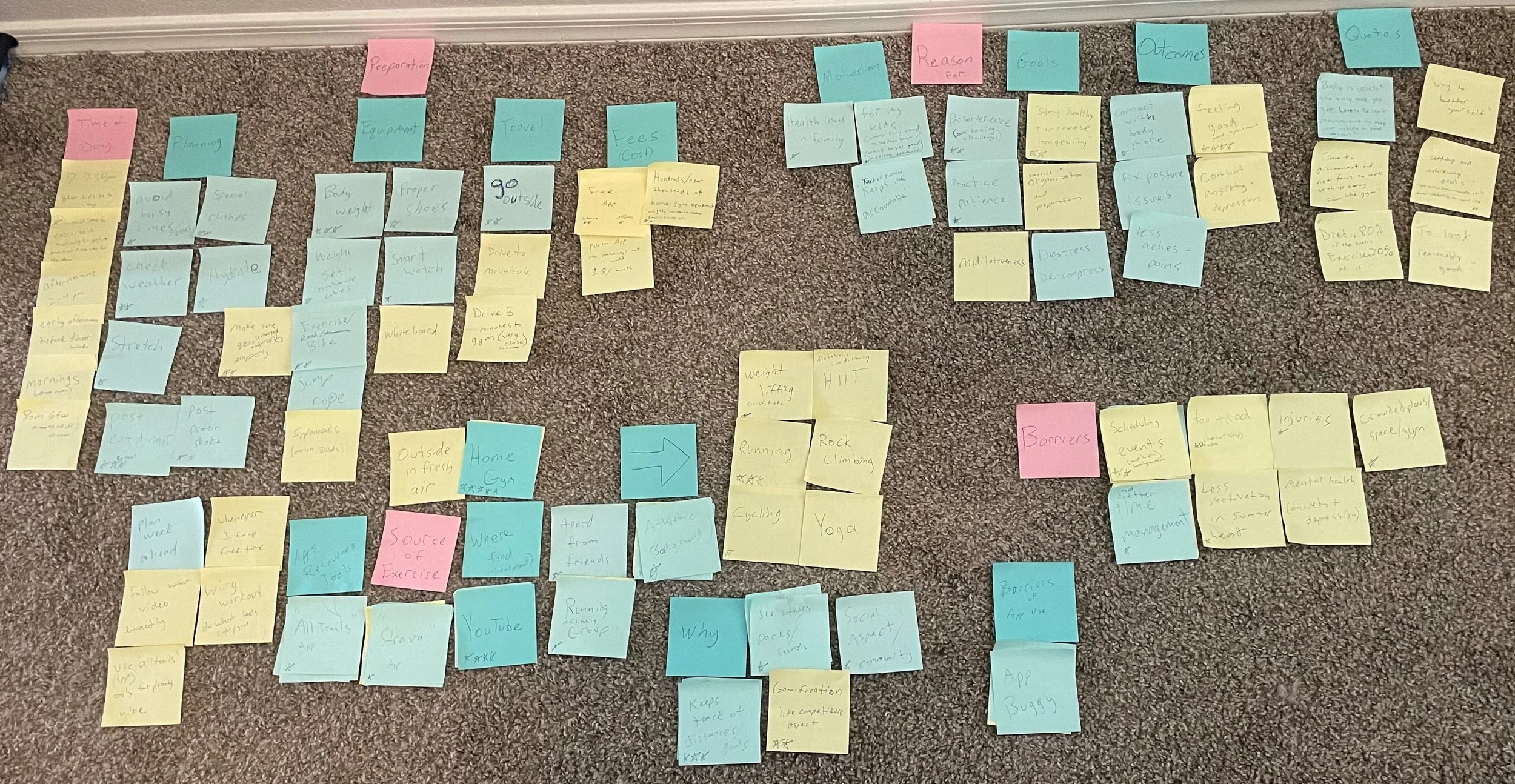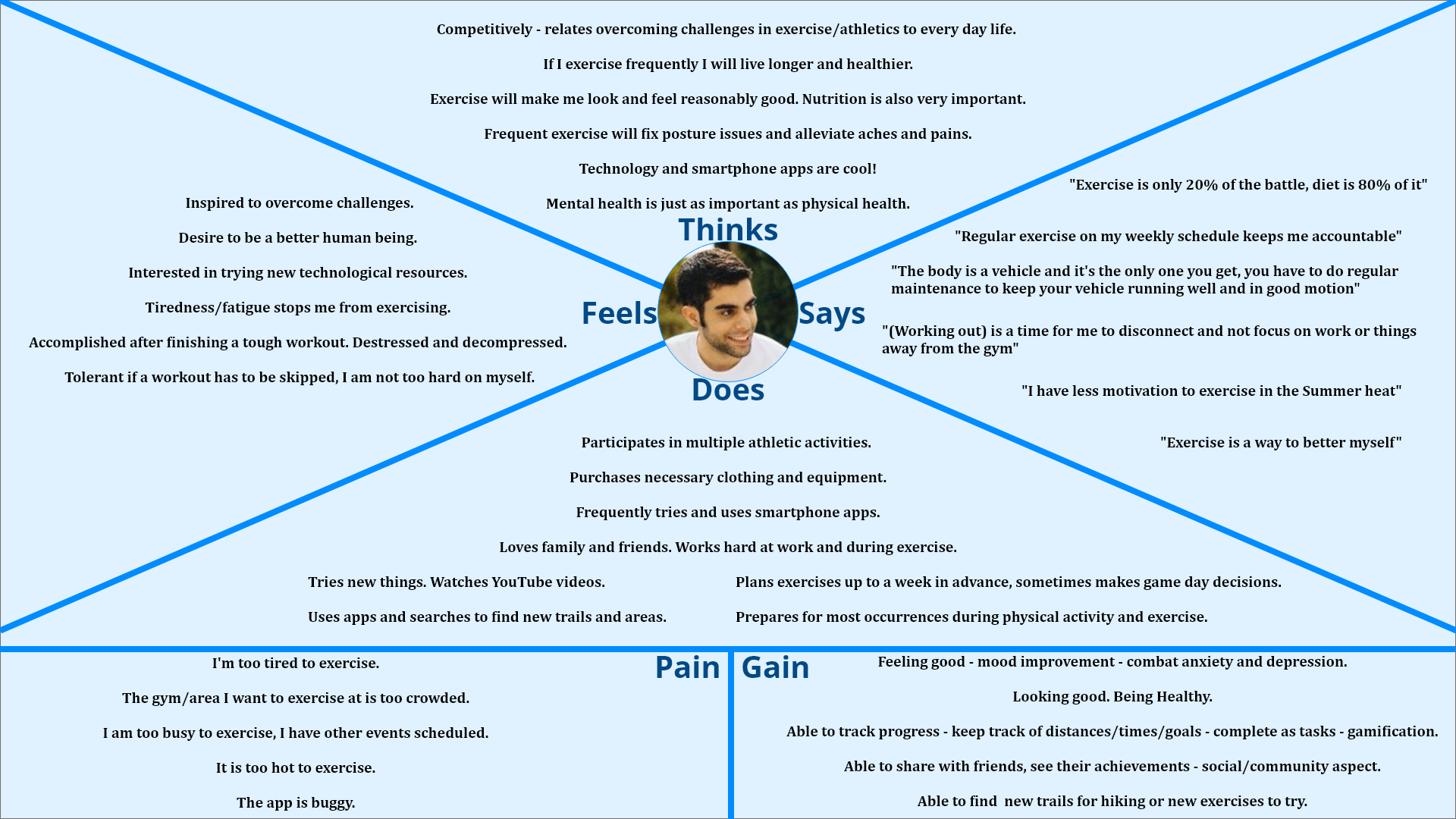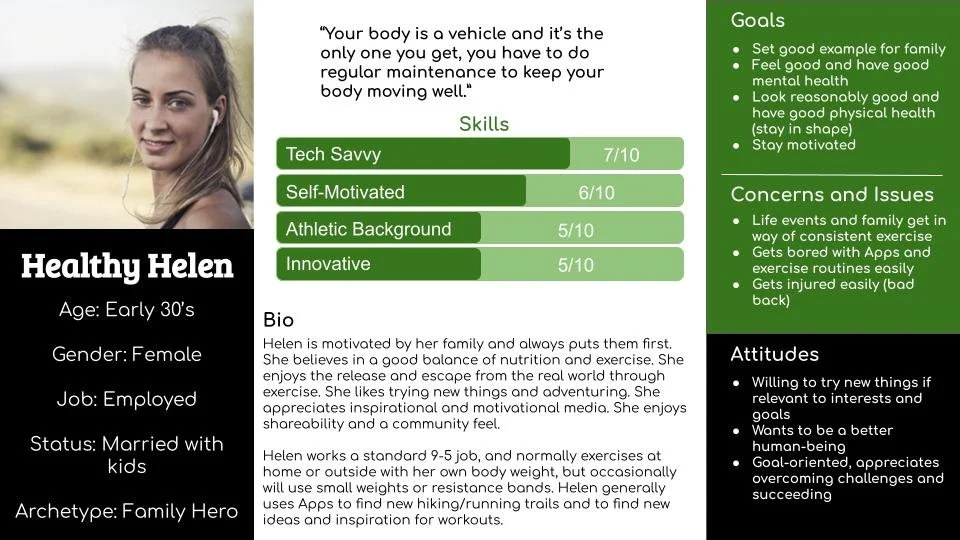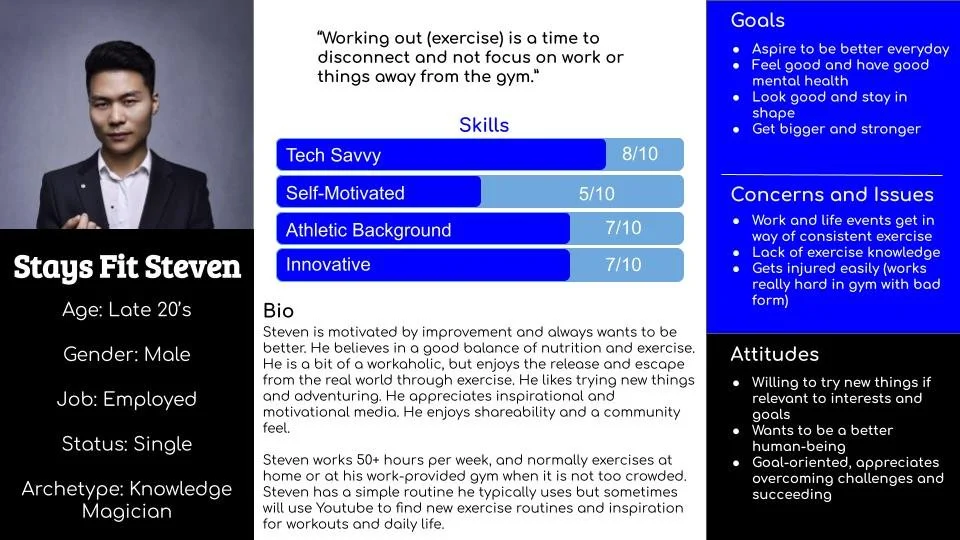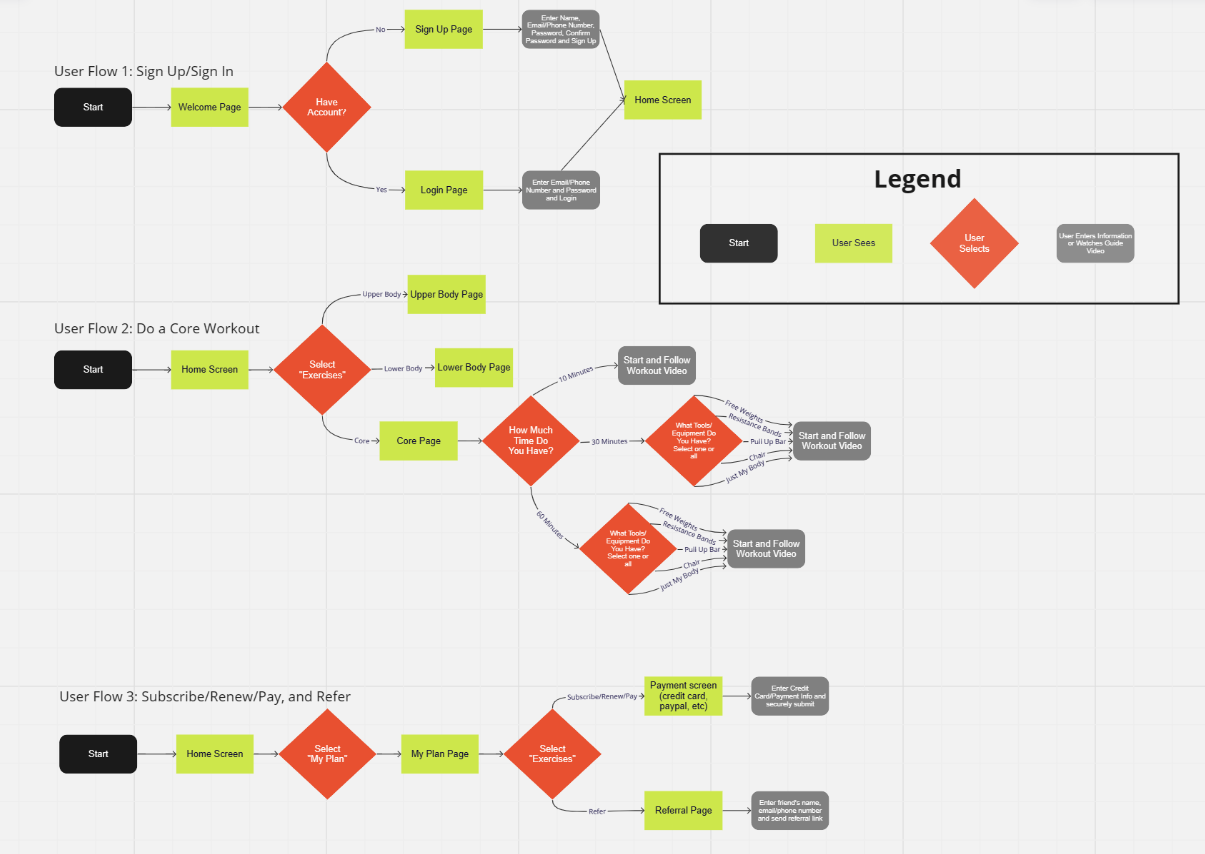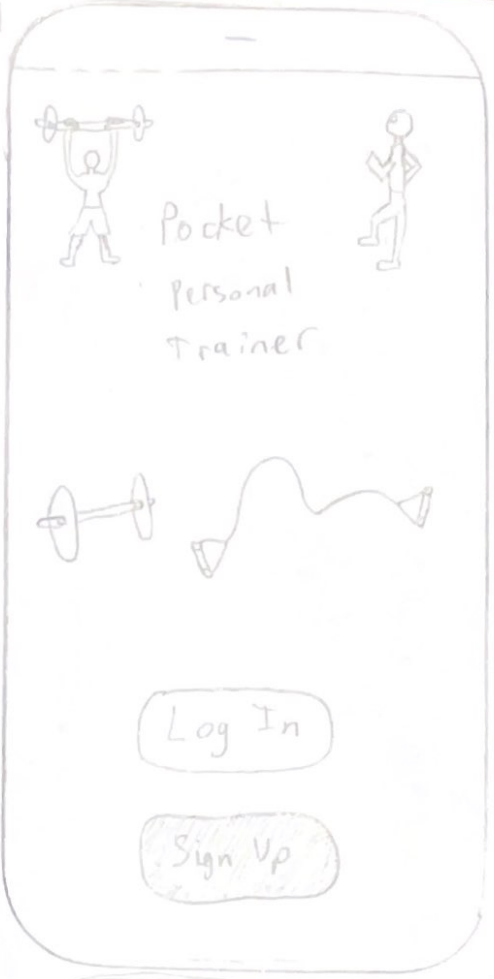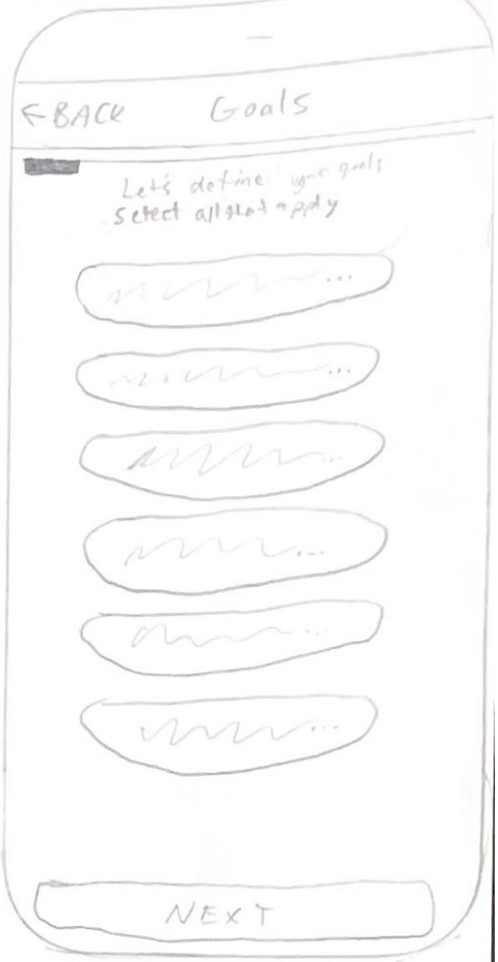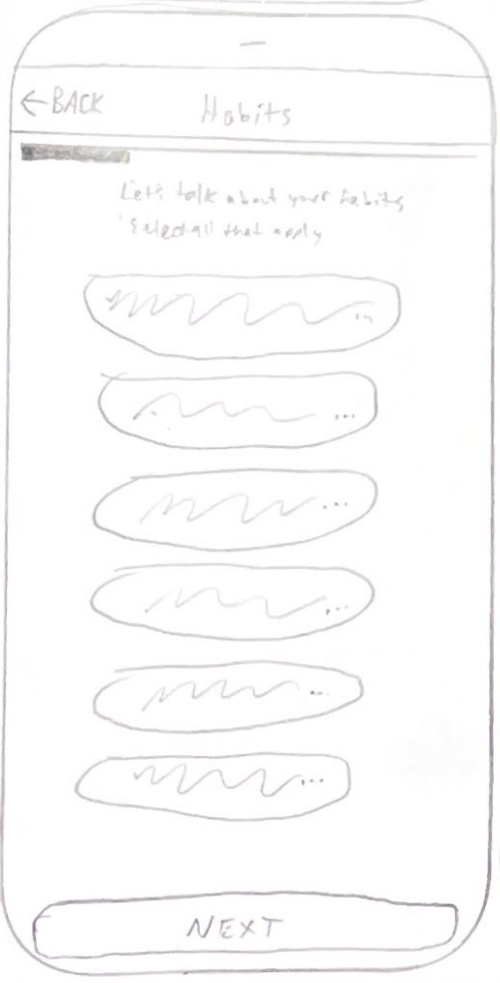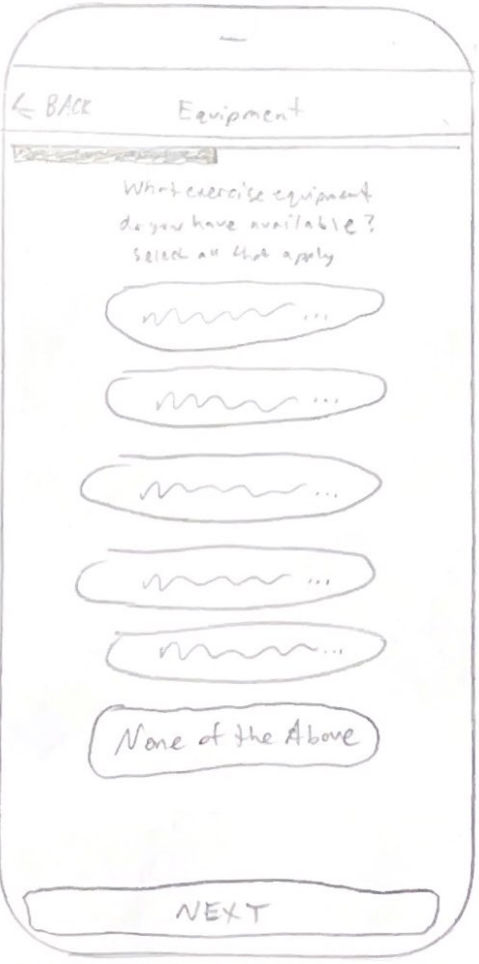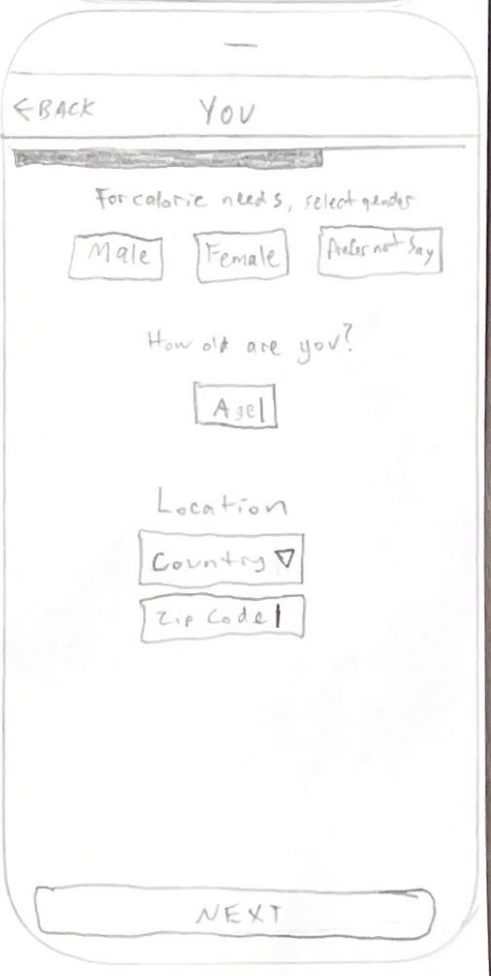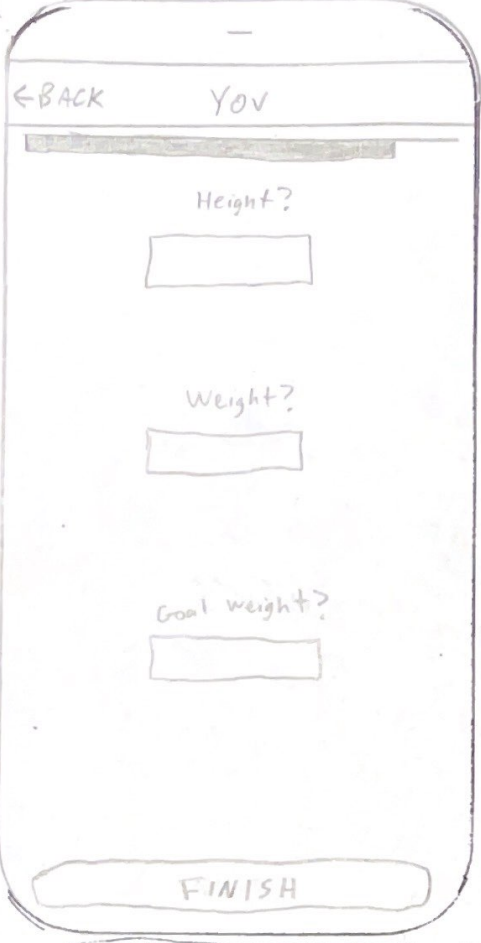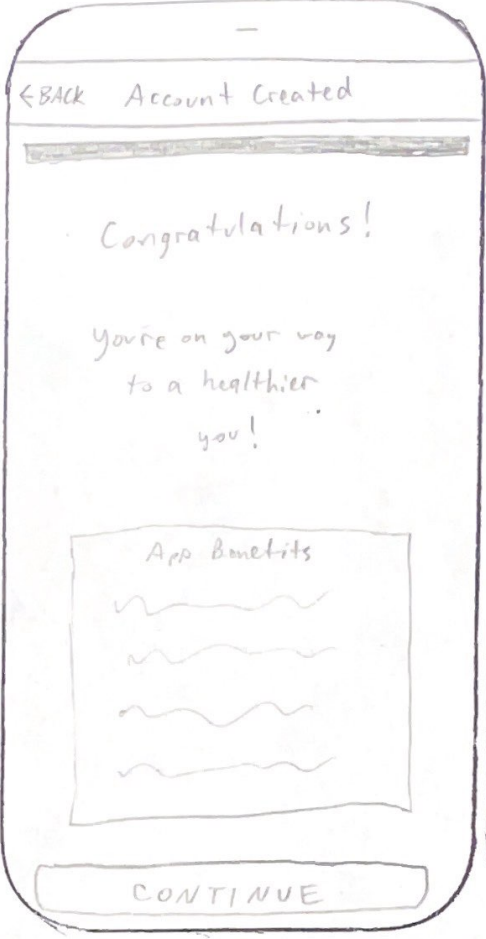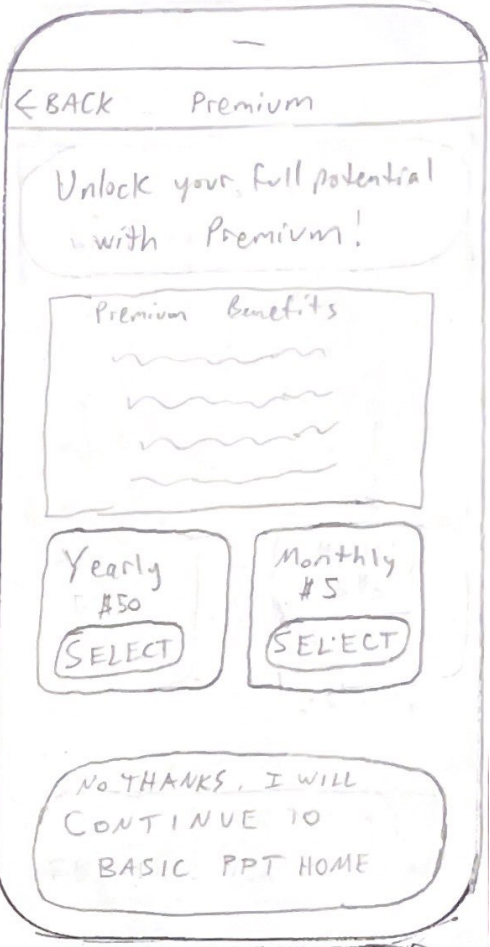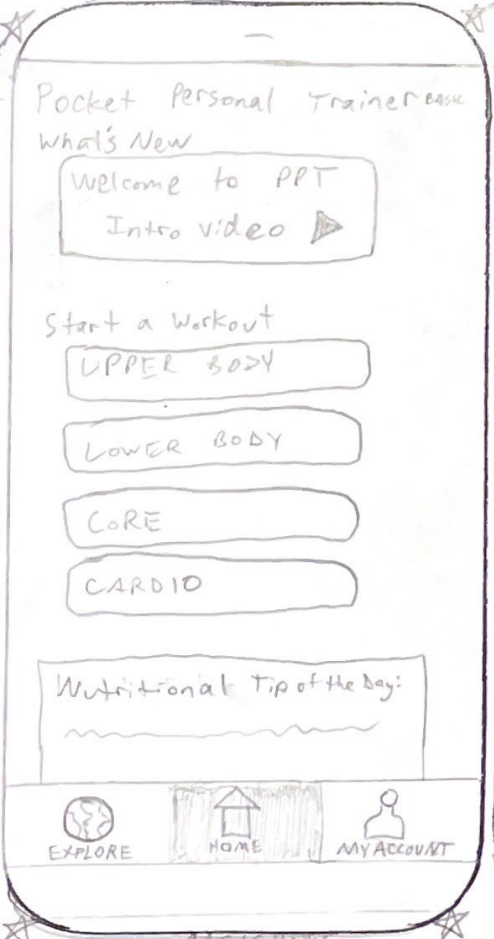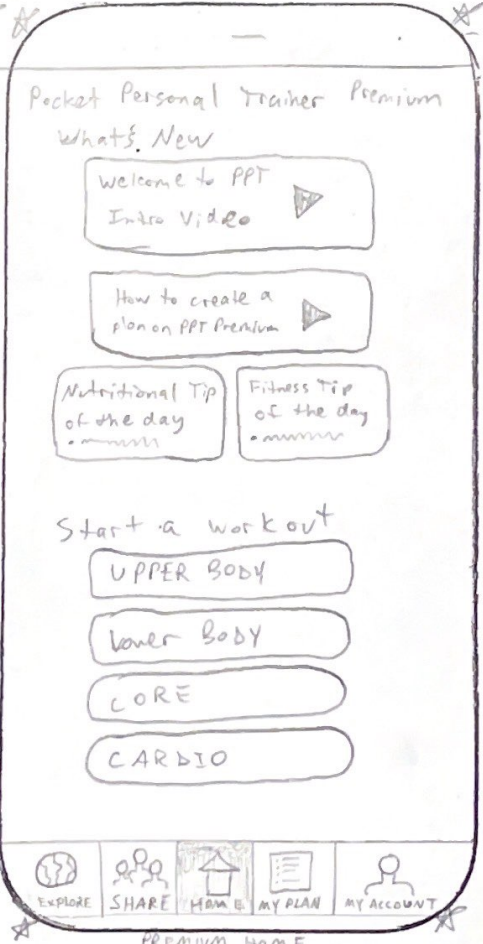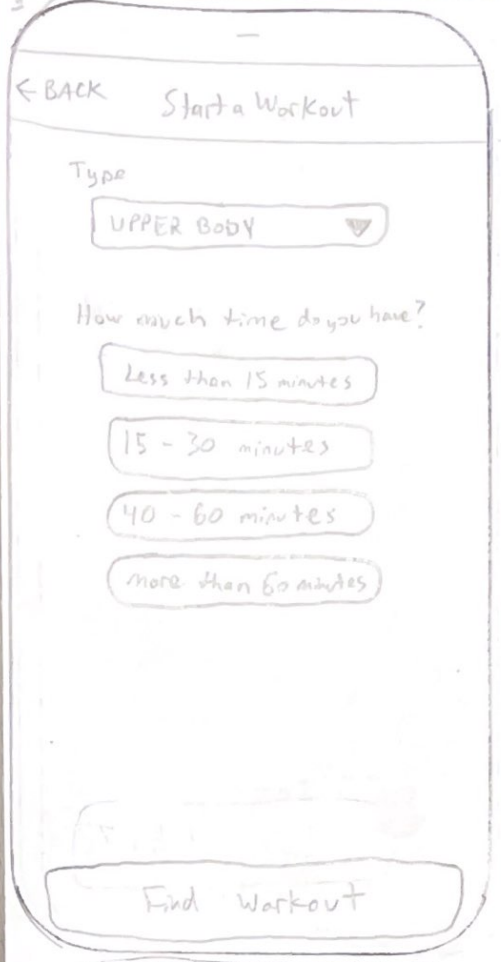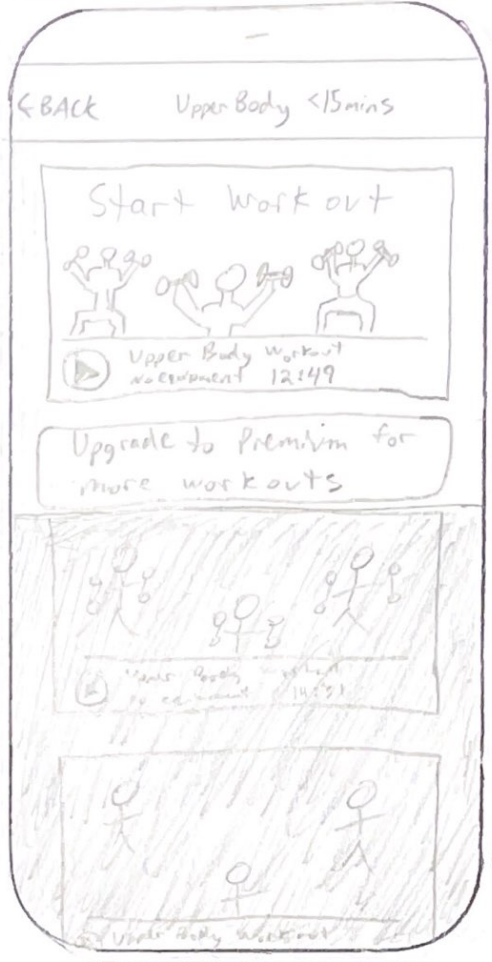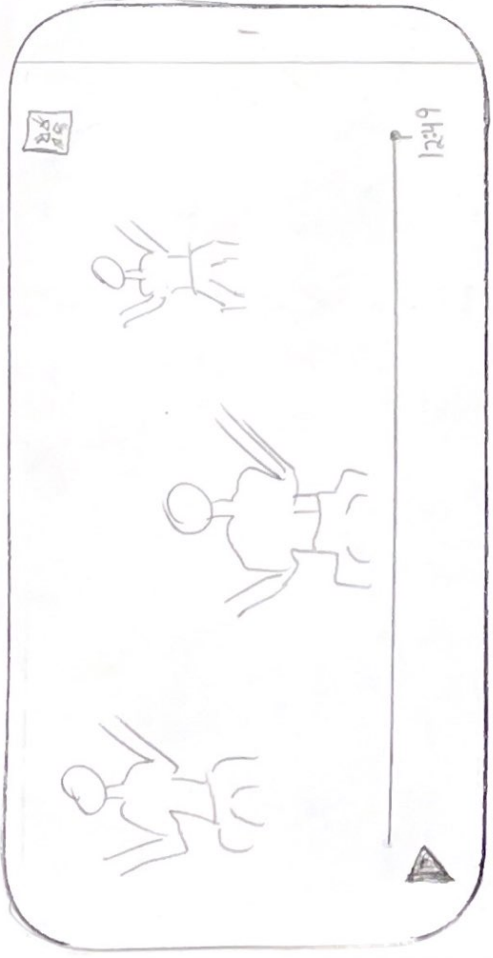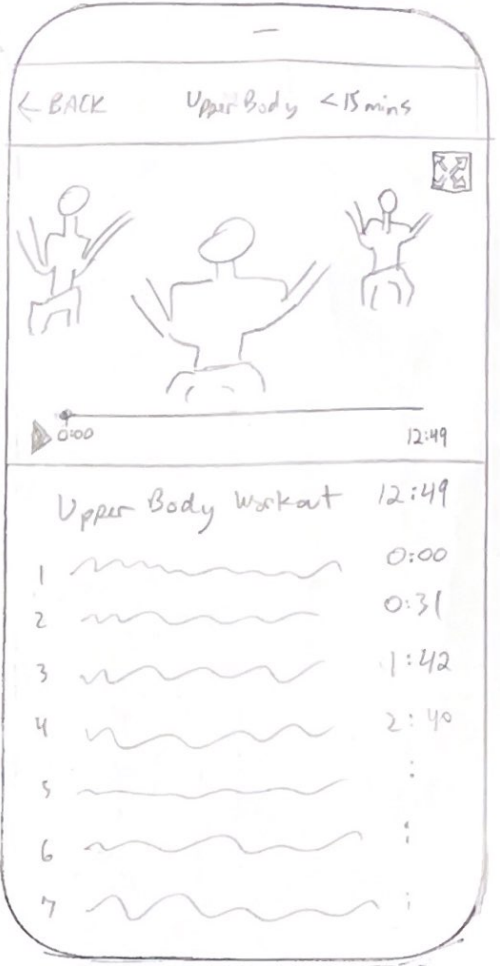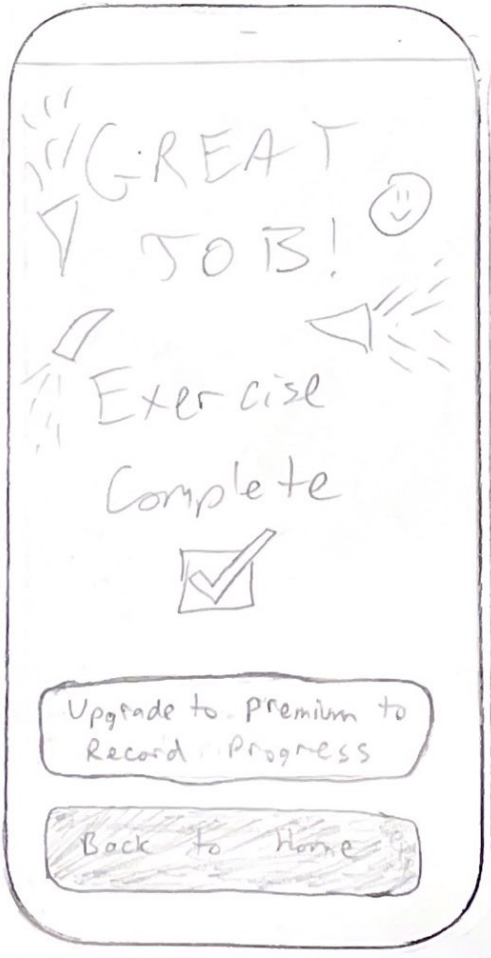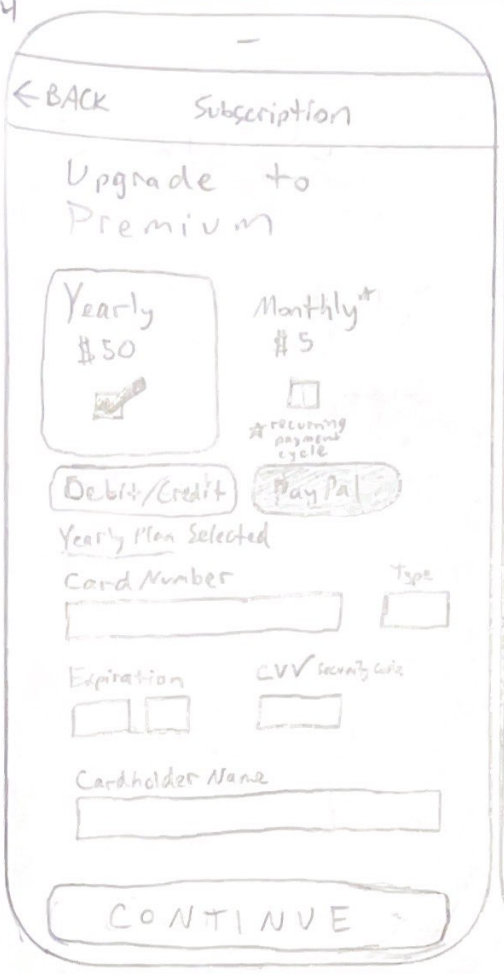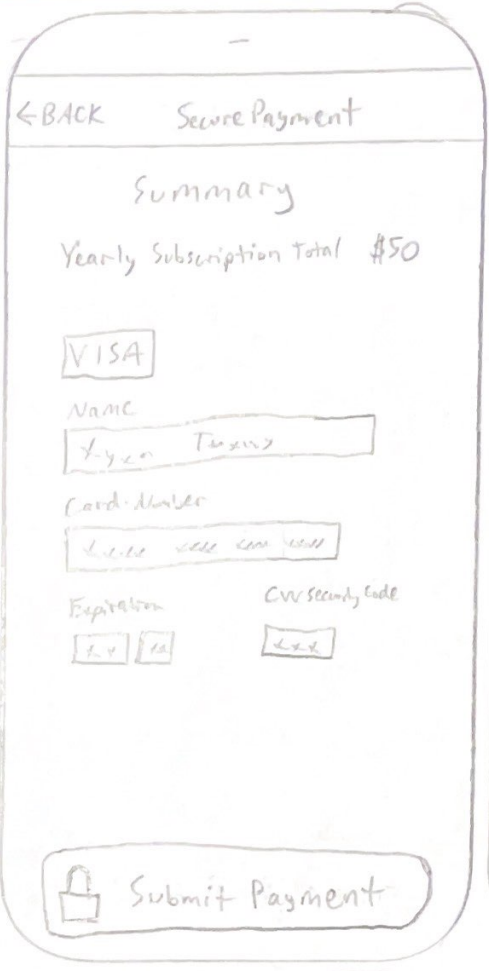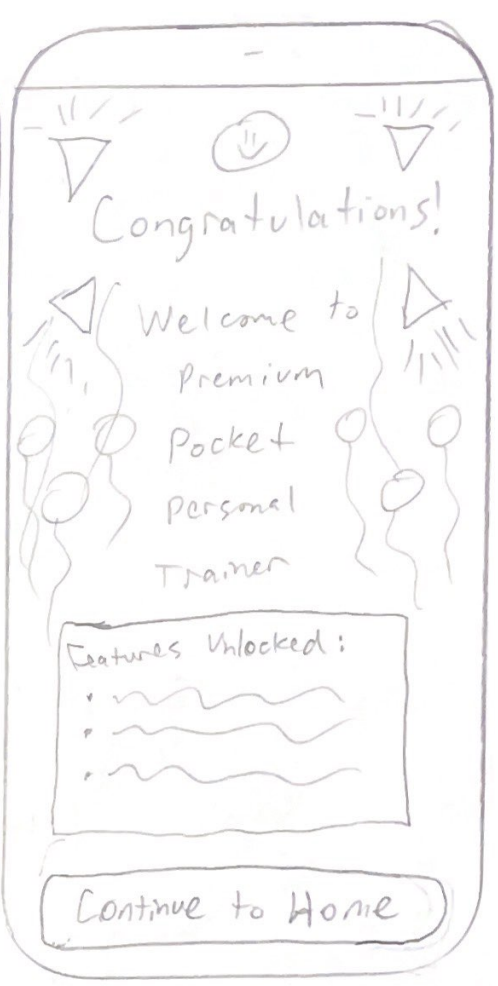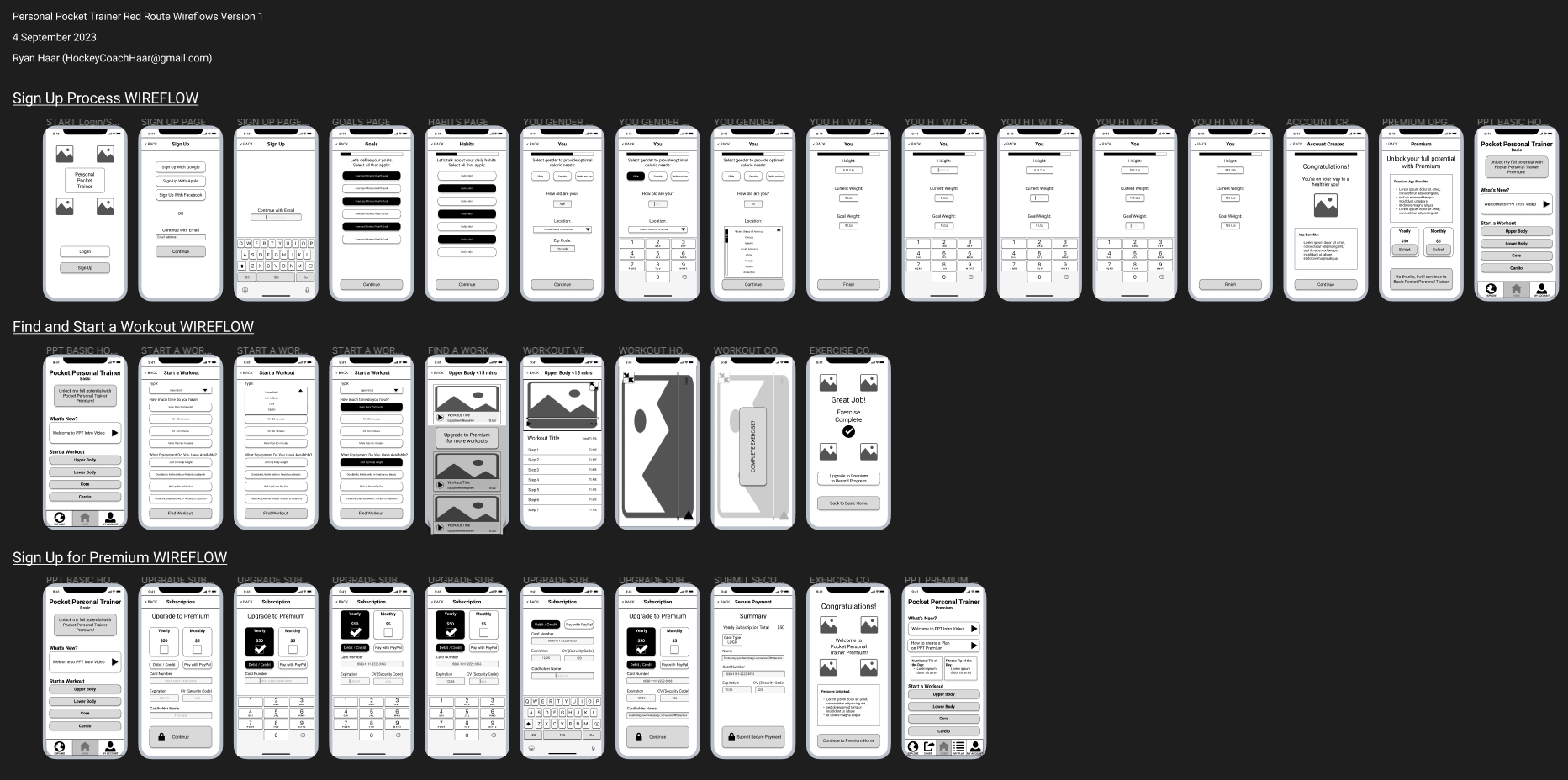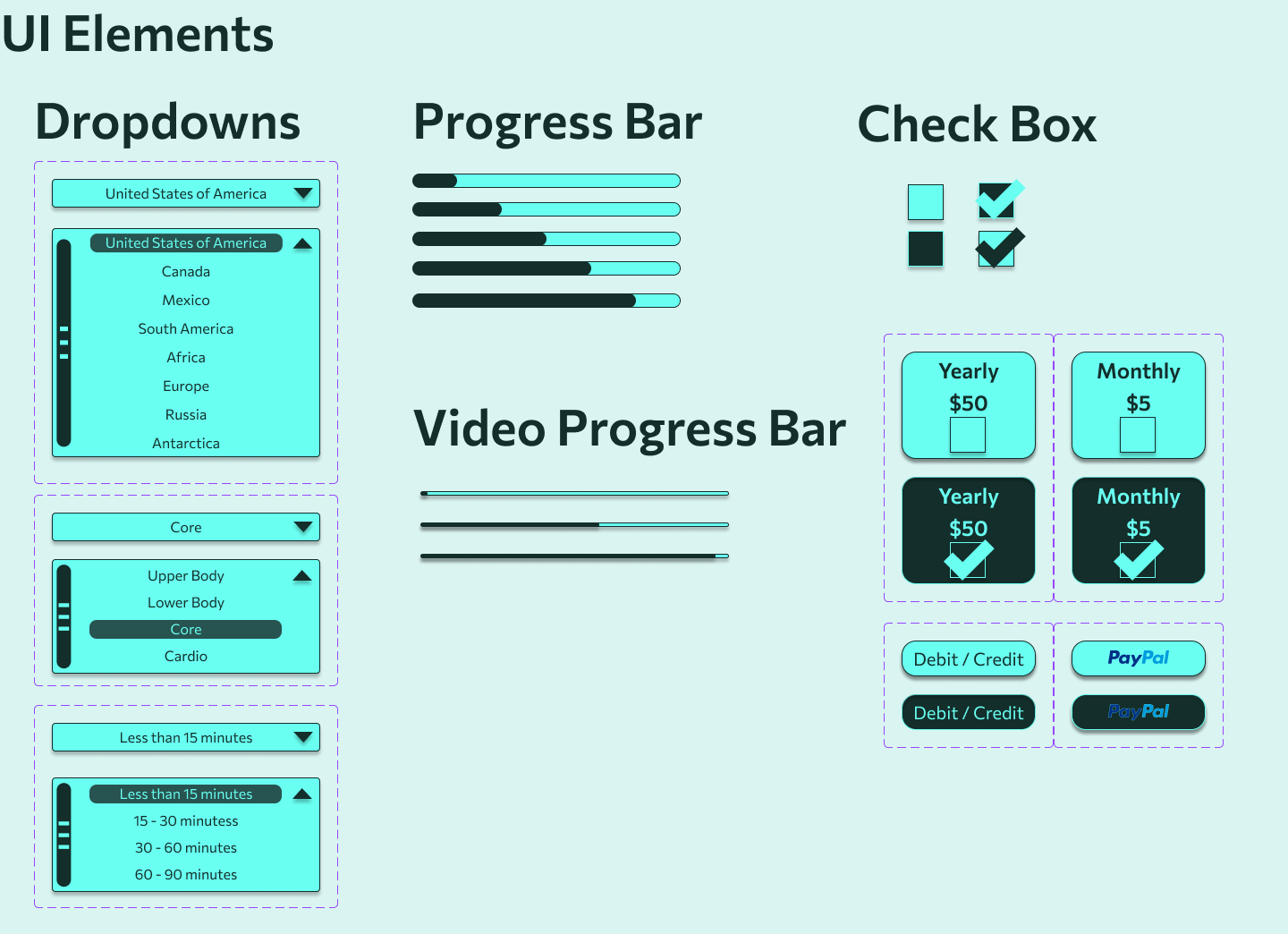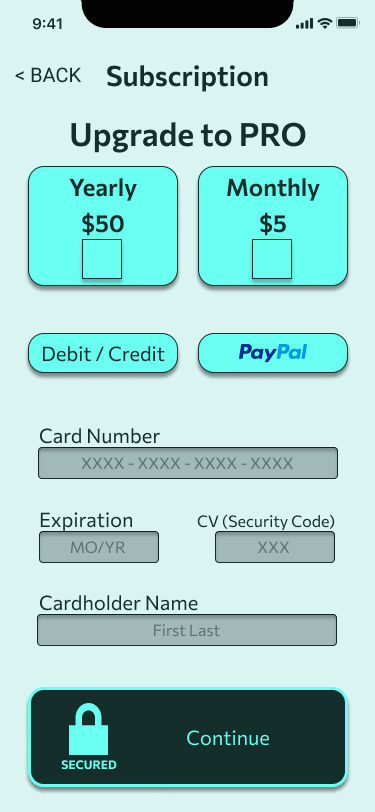Pocket Personal Trainer
the Fitness App of the Future
Project Overview
Pocket Personal Trainer is a fitness lifestyle app that was designed to bring fitness knowledge and easy to follow workouts to busy people of all levels with any or no equipment at any place, any time.
Problem Statement
Humans were designed to move our bodies, but we have evolved from a world of hunters and gatherers to a society of sitters and online shoppers. Modern research has shown the vast benefits of regular exercise for the human body and mind, making it seem like common sense to get regular exercise, yet the United States has the 12th highest obesity rate in the world at 36.2%. This means that 362 out of 1000 people in the United States are considered obese. This is a problem that needs a solution. In order to find a solution to the problem, we decided to search for the root cause of the problem.
Humans want to exercise, but in order to afford luxury auto loans and mortgages, children’s dance and piano lessons, significant others’ shopping sprees etc. - they work long hard hours, and they don’t have much free time for workouts. Humans want to look good for their spouses and potential suitors, but they simply don’t know what exercises they need to doto improve their physique. Humans want to feel healthier and live longer, but they don’t want to pay for expensive hourly personal trainers at crowded stinky gyms.
In this case study, we’ll take a dive into how we figured out the root cause of these problems, as well as the research, design, and testing procedures we used to determine an excellent solution in the Pocket Personal Trainer mobile fitness app.
Users and Audience
Determined through extensive user interviews and research, our target user:
➔ Is above the age of 16 (most health guidelines say that children under the age of 16 should not be weightlifting for growth reasons)
➔ Uses smartphones as a tool and a resource of information
➔ Has a general interest in fitness, nutrition and health
➔ Lives a busy, event-filled lifestyle
My Roles and Responsibilities
My name is Ryan Haar, and I am a UX/UI Designer. Being in charge of this exciting fitness-based project, my role was finding primary, secondary, and market research, as well as developing user surveys and user interviews. These allowed me the pleasure of working with 17 volunteer participants who kindly opened up in conversation to discuss their reasons behind exercising regularly, their personal exercise habits, their goals of exercising, and finally to test our design prototypes in order to give valuable feedback for future design iterations of the product’s development.
Project Scope and Constraints
The end goal of the project was to design a new fitness app that is easy to use and fun to learn from.
The project was conducted throughout 2023, while I also worked full-time as a mortgage banker.
Potential users were found via LinkedIn, Facebook, and a local coffee shop.
Interviews were conducted in various time zones throughout the project via Zoom, phone call, and coffee shop talk. This project was completed entirely on a zero dollar budget.
Process
Discover
Secondary Research
Key Takeaways
★ Exercise is defined literally as “an activity requiring physical effort, carried out to sustain or improve health and fitness”
★ Regular exercise has a proven multitude of physical and mental health benefits
★ Physical fitness and health has been important since the beginning of time
★ Humans evolved from exercising for survival to exercising to thrive
★ Three main exercise categories for various health benefits: Aerobic, Anaerobic, and Agility Training
★ Those who live their life with a lack of exercise, otherwise known as a “sedentary lifestyle” are at an increased risk for cardiovascular disease, type 2 diabetes, cancer, osteoporosis, obesity, and premature death.
★ Ultimately, it is very important to stay healthy and keep our bodies moving.
Primary Research
User Surveys
Based on secondary research findings, user screeners (surveys) were created and sent out via LinkedIn, Facebook, and a local coffee shop in order to find potential target users:
Above the age of 16 years old, uses a smartphone as a tool and resource of information, has a general interest in fitness, nutrition and health, and lives a busy event-filled lifestyle.
User Interviews
Out of the response received from user surveys, seven interviews were conducted with volunteer participants who meet potential user criteria. These interviews were held in order to determine the physical activity and exercise habits of busy humans. From these interviews came some very interesting thoughts and relevant quotes:
“Your body is a vehicle and it’s the only one you get, you have to do regular maintenance to keep your body moving well.”
“I enjoy setting and achieving goals; you see a situation and you handle it, which is translatable to real life.”
“Working out (exercise) is a time to disconnect and not focus on work or things away from the gym.”
Market Research
Heuristic Analysis of Top Competitors
1) Apple Fitness Plus App
○ Dark design with bright accents
○ Very high usability
○ Over 3,000 workouts available
○ Roughly 30 million active users
○ $9.99 per month or $79.99 per year
2) Peloton App
○ Light design with dark tones and features
○ High usability
○ Over 10,000 workouts available
○ Estimated 5.9 million active users
○ $12.99 per month or $129.99 per year
3) Nike Training Club App
○ Generally light design with some dark accents and features
○ High usability
○ Roughly 6 million active users
○ Free (was $14.95 per month pre-pandemic)
Affinity Maps
Based on information gained from user interviews, affinity maps were created and tailored through multiple iterations in order to find four common themes among participants and potential users.
1) Preparation for exercise
2) Reasons for exercise
3) Sources of exercise
4) Barriers to exercise
Empathy Maps
From the four common themes found within the affinity maps, multiple iterations of empathy maps were developed to isolate and identify what the user:
thinks, feels, says, and does, along with pain points and gain points.
Jobs To Be Done Framework
With the four common themes of the affinity map and the information gained from the empathy map, a jobs to be done framework was created in order to better explain
the who, what, why, when, and where of the user.
Personas
The common themes from the affinity maps, the empathy maps, and the jobs to be done framework paved the way to the development of two ideal user personas.
How Might We Statements
Based on all of the valuable primary research conducted, some key “how might we” statements were developed in order to turn the project’s focus to finding a solution to user’s exercise problems.
How might we:
★ Teach better health/exercise habits (promote healthy lifestyles)
★ Make it easy to complete challenging exercise routines for working professionals
★ Keep people engaged and motivated during workouts
★ Connect people who are passionate about fitness
★ Eliminate the need for exercise equipment
Design
User Site Map
In culmination of all of the valuable research conducted, a rough user sitemap was created in order to show a general layout of the pages and features necessary for the app.
User Flows
With the user sitemap in place, user flows were generated in order to determine necessary pages and features for some of the apps most popular tasks/uses (red routes).
The most important red routes determined are signing up, completing a workout, and upgrading to the premium (paid) version of the app.
Sketches
Based on the user sitemap and user flows, sketches were made to show a rough idea of what the user interface will look like while completing the most popular tasks (red routes) in the app.
Red Route Sketches (Sign Up, Complete Workout, Upgrade to Premium)
Low Fidelity Wireframes
With these sketches, low fidelity wireframes were designed in Figma to start the process of bringing Pocket Personal Trainer to digital life.
Moodboard
To highlight Pocket Personal Trainer’s brand personality, brand attributes, imagery inspiration, and UI inspiration, the moodboard was created.
The blues in the color palette symbolize friendliness, bravery, dedication, patience, and calmness, the orange accents symbolize joy, creativity, and energy, and the grays are necessary for balance and flow.
Design Patterns and Style Guide
In order to bring life to the low fidelity wireframes, with inspiration from the moodboard, design patterns were defined and a style guide was created in Figma to define the Pocket Personal Trainer logos, imagery, color palette, icons, typography, and various UI elements.
Color Palette, Icons, Imagery, Logos (Style Guide)
Typography and UI Elements (Style Guide)
High Fidelity Solutions and Accessibility Testing
With the style guide defined and the low fidelity wireframes built, high fidelity mockups were created in Figma and put through WCAG accessibility testing in order to pass accessibility requirements for people with vision impairments (low vision & color blindness).
Few changes were made (regarding the text and background color), ultimately producing high fidelity mockups for each of the app’s most used red route tasks.
Sign Up Process
Find a (Basic) Workout
Upgrade to Pro
Find a (Pro) Workout
My Profile, My Plan, Explore, Nutrition & Fitness Tips of the Day, Share with Friends
Prototyping
Using Figma prototyping tools, the high fidelity mockups were transformed into a well designed, working prototype version of the Pocket Personal Trainer mobile fitness app of the future.
Click the link below to test it out for yourself!
Please don’t hesitate to share your thoughts with me via email
(RyanJHaar@gmail.com).
Validate
Usability Testing
During round one, five moderated usability tests were conducted with volunteer participants (potential users, 3 males, 2 females, age 26 to 67) using the first iteration of the app prototype.
General feedback received was very positive. Valuable information and insight leading to new pages, features, and new iterations of pages proved beneficial.
The updated iterations of high-fidelity mockups were well received in round two of usability testing. Five new participants (potential users, 3 males, 2 females, age 19 to 66) did not bring much attention to issues that the participants in round one faced, as the majority of issues had been resolved.
The most common negative feedback in both rounds of usability testing had to do with prototyping features, no real design issues. The next steps are more usability testing with more users, more iterations, and then development and publishing.
Outcomes and Results
Research Conducted
○ Problem determined:
Humans want to exercise but they don’t know how or have the time to.
○ Goal defined:
Design an easy to use and fun to learn fitness/exercise app.
Mobile App Designed
○ Solution proposed:
Pocket Personal Trainer mobile fitness app.
Prototype Tested
○ Goal achieved:
Easy to use and fun to learn fitness/exercise app in Pocket Personal Trainer mobile fitness app.
Gained Understanding of
○ Why, where and when people exercise.
○ What equipment people most commonly exercise with.
○ Where people learn their exercise routines from.
○ How people use technology every day to better their lives.
○ The entire user experience and interface design process from research to ideation to prototype testing to validation.
It’s very important to have a reason in your life for accomplishing GOALS
My reasons are family and spreading the joy that you experienced while exploring the Pocket Personal Trainer case study, as well as the joy that millions will experience when Pocket Personal Trainer is fully developed, published, and usable.
Thank you for spending your time with me!
Ryan Haar
RyanJHaar@gmail.com
30 November 2023



